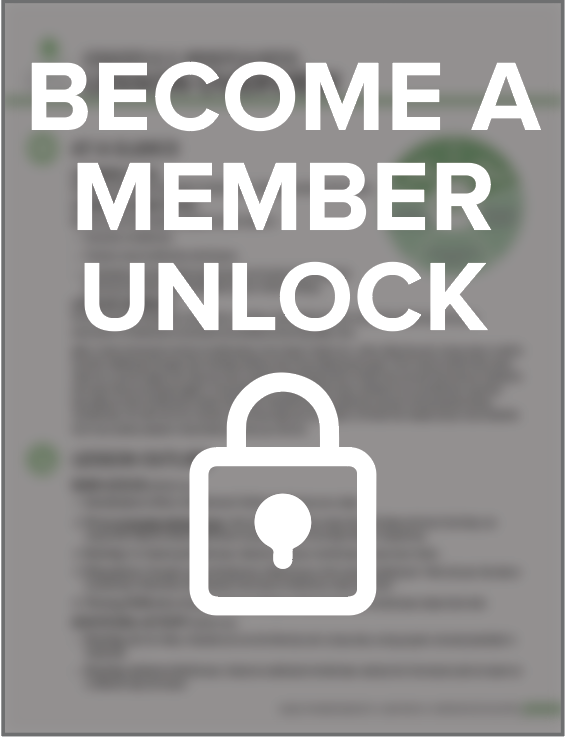Locked Content
Unlock this lesson plan by becoming a paid member. Existing members, please log in.
Students will identify conflicts and use restorative questions and mediation to resolve them.
By the end of the lessons, students will be able to:
- Identify conflicts they experience
- Utilize restorative questioning
- Understand the role and purpose of a mediator
We all experience conflict, some small and some large. It’s inevitable. This lesson gives students the tools to apply when in conflict and how to utilize mediation.
The lesson starts with a Mindful Moment in which students send kindness to others. Students then create a list of conflicts that they regularly experience in middle school. You then review the role of a mediator in conflict and provide four essential questions to help guide conflict resolution: What is happening? Was anyone hurt or harmed? Who is responsible for what? How can we fix it? Students are then assigned small groups and given a conflict to act out. Another group of students act as the mediators. Students then act out their skits with a mediator stepping in. After each skit, students discuss what went well with the mediation and what they would do differently if they were the mediator. After discussing, students have the option to write or draw in their journal of a recent conflict and map out how they would respond now.
For both live and recorded, review what conflict is and the steps of conflict resolution. Then differentiate the lesson based on your delivery method.
After your class has come up with a list of conflicts specific to middle school there are two options. You can have students act out conflict with a mediator or simply move to the Social Media Conflict additional activity.
For a recorded delivery, after teaching the restorative questions skip to the Social Media Conflict additional activity. List the questions for students to answer through a written response either during the SEL time or as homework.
CASEL Competencies
Self-awareness: The abilities to understand one’s own emotions, thoughts, and values and how they influence behavior across contexts. This includes capacities to recognize one’s strengths and limitations with a well-grounded sense of confidence and purpose.
Relationship skills: The abilities to establish and maintain healthy and supportive relationships and to effectively navigate settings with diverse individuals and groups. This includes the capacities to communicate clearly, listen actively, cooperate, work collaboratively to problem solve and negotiate conflict constructively, navigate settings with differing social and cultural demands and opportunities, provide leadership, and seek or offer help when needed.


